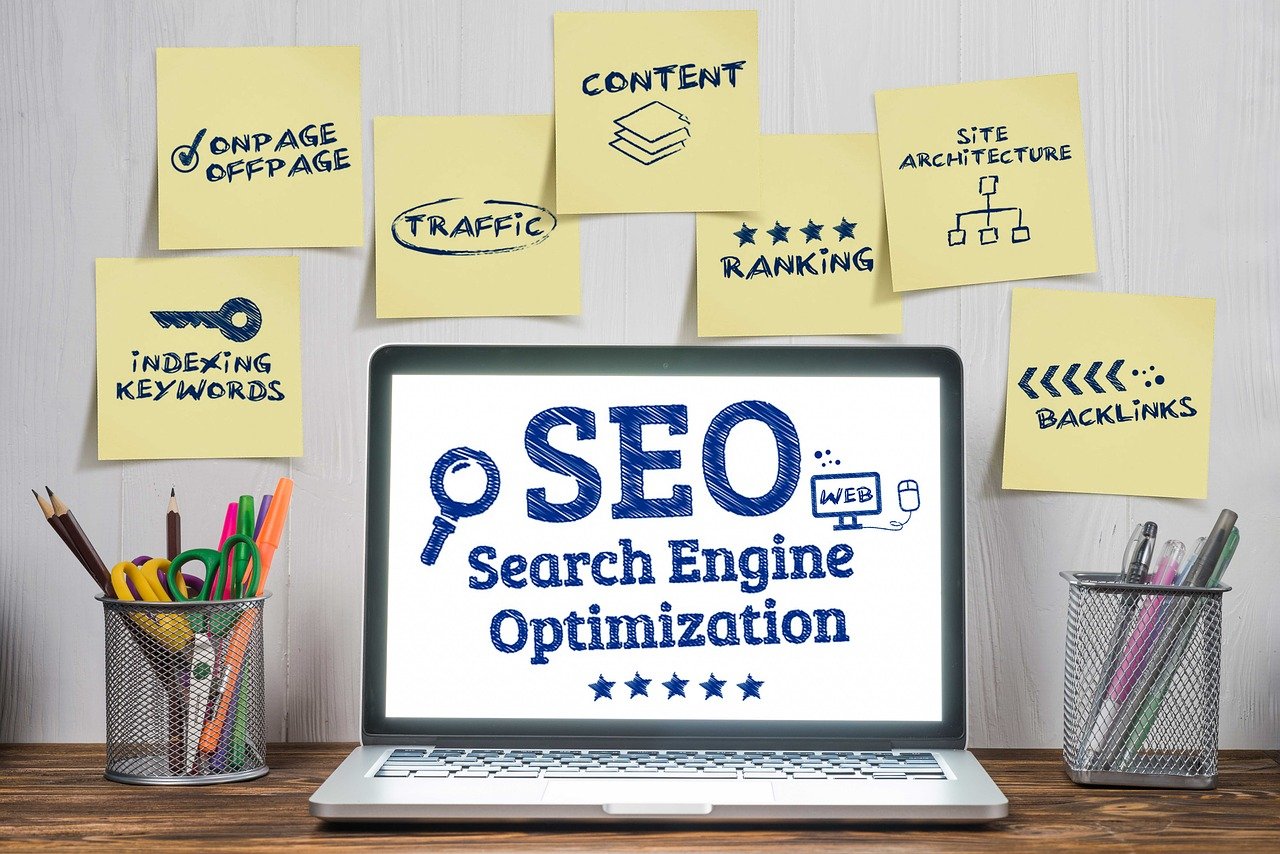On-page SEO Guide Line to Boost Your Business

On-page SEO is the practice of optimizing webpage content is to rank higher in search engines, to increase organic traffic, and for the users. Some of its common practices include optimizing title tags, content, internal links, and URLs. Although the importance of optimizing on-page SEO has remained important for a long time, it still makes a difference. With on-page SEO, you get to decide the topic and goals of the page, the target audience, and the targeted keywords. Google algorithm will rank your website based on on-page SEO, off-page-SEO, and technical SEO. Let’s look at some important On-Page SEO Guide Line in this blog.
Why On-Page SEO is Important
On-page SEO helps your site be optimized for customers and search engine bots. It tells Google how the page is providing value to visitors and customers, which will impact the ranking of the page. It can help bring in organic traffic and rank higher on the search engine, so you must make sure to optimize it for search engines. The tweaks and changes that you make on-page are visible to customers, and these changes can help improve the users’ experience.
Important Elements of On-page SEO
High-quality content- The content of the page is the heart of on-page SEO as it tells both the customers and Google what the page is all about. Therefore, it is imperative to create high-quality content; and to do this, you need to choose relevant keywords and topics. To choose top quality and high ranking keywords, conduct keyword research on Google and the search queries. Also, consider how the content on your page falls into the buyers’ journey and the visitors’ search intent.
Page Titles
Page title, also known as title tags, is an important SEO element that tells both visitors and search engines what they can find on the page. Make sure that you include the keywords in the page title to ensure that your page ranks for the proper intent. When developing page title, make sure to keep the character under seventy words, make sure not to stuff the title with keywords, make sure that it is relevant to the page, and do not use caps in all the words.
Meta Description and Headers
The meta description appears under the title in the search result and can influence whether or not your page will be clicked. To create a good meta-description keep the character under 160, include your keywords, and use one or two complete and compelling sentences. Headers refer to the HTML elements that can help organize your content for readers and help search engines distinguish the important part of your content.
Page URLs and Internal Linking- Page URLs should be simple to understand for both readers and search engines. It will keep your site hierarchy consistent, to create an SEO friendly URL remove unnecessary words, use only one to two keywords, and use HTTPS. Internal linking is important for SEO; it can send readers to other pages on your website and keep them around for longer. And the longer the visitors stay on your website, your page has the potential to rank higher.
Site Speed
Site speed is perhaps one of the most important factors, whether you use a mobile device or desktop. The main goal of Google is to provide good user experience, and if takes a lot of time to load, there will be a high bounce rate, and this will eventually affect your ranking. The site speed can also have an impact on the conversion and ROI, so make sure that you optimize the speed of the site.
Following this On-Page SEO Guide Line will help you improve user experience, bring in more traffic, and increase the ROI.





